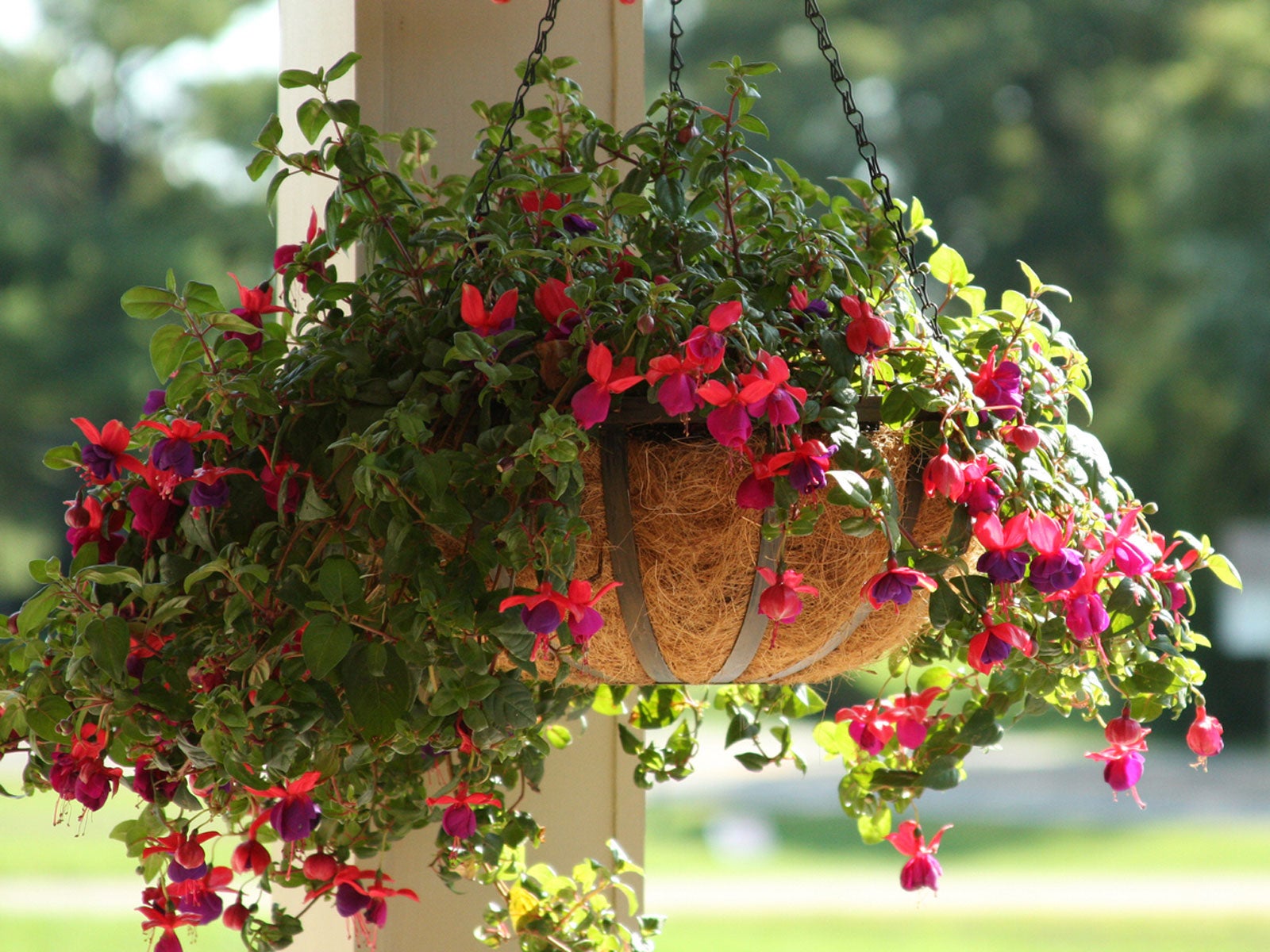Information About Coconut Liners For Planters And Baskets


Brown coconut coir is a natural fiber made from the husk of ripe coconuts. This fiber is commonly used in a variety of products, like floor mats and brushes. One of the most popular products, however, is coconut fiber liners, which are commonly found and used in hanging baskets and planters.
Benefits of Coconut Basket Liners
There are several reasons for using coconut fiber liners. They can hold a great deal of water, releasing it slowly to allow plant roots to better take it up. These water-saving coconut liners also provide good drainage. They're porous too, allowing for good aeration. These liners are very absorbent, so if hanging baskets or planters should become too dry, they will quickly re-absorb water. In addition, the organic material of coconut coir contains a neutral pH (6.0-6.7) and small amounts of beneficial phosphorus and potassium. Many coconut basket liners contain antifungal properties as well, which can help discourage disease.
Using Coconut Liners for Planters
There are many types of coconut planter liners to choose from. They come in various shapes and sizes to meet just about anyone's needs. These water-saving coconut liners are perfect for use indoors and out and are normally placed within planting troughs, window boxes, hanging baskets, and other types of planters/containers. You can choose a liner shaped to fit your planter or hanging basket or use the preformed coconut coir that can be placed over the top of the container and then pressed down inside, conforming to the shape of the container. Once placed inside the planter, you can moisten the liner and add potting soil or another planting medium. You may also want to consider adding in some water-absorbing crystals or perlite to the potting mix as well to retain additional moisture. In times of excessive heat and windy conditions, especially with hanging baskets, this additional moisture is necessary to keep plants from drying out. Although coconut fiber liners hold and absorb water well, they are still porous and apt to dry out more quickly. Therefore, you should always check plants frequently to stay on top of their watering needs.
Gardening tips, videos, info and more delivered right to your inbox!
Sign up for the Gardening Know How newsletter today and receive a free copy of our e-book "How to Grow Delicious Tomatoes".

Nikki Tilley has been gardening for nearly three decades. The former Senior Editor and Archivist of Gardening Know How, Nikki has also authored six gardening books.
-
 How To Make A Bouquet Garni Or Herb Bundle For Cooking
How To Make A Bouquet Garni Or Herb Bundle For CookingIf you’re a great cook, you may have made an herb bundle before. If this is a new idea, learn how to add sparkle and interest to your dish with a bouquet garni.
By Amy Grant
-
 ‘Coral Charm’ Peony Care For Sublime Semi-Double Peonies With Lush Salmon Pink Flowers
‘Coral Charm’ Peony Care For Sublime Semi-Double Peonies With Lush Salmon Pink FlowersPeonies are known for their soft baby pink or magenta tones, but if plushy coral blooms are your thing, here’s our guide to the ultimate ‘Coral Charm’ peony care
By Tonya Barnett